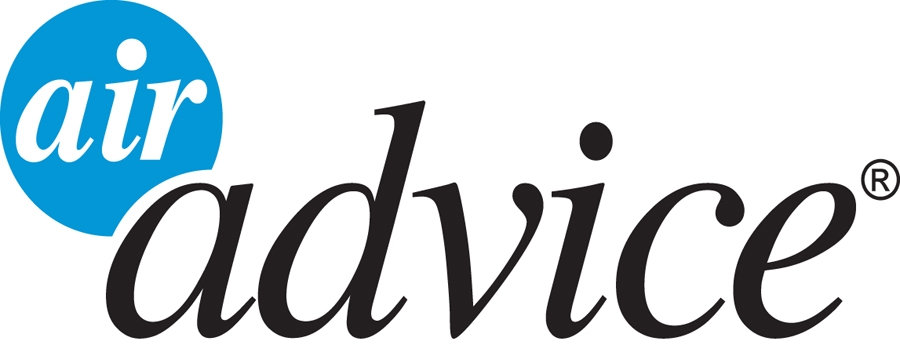Carbon dioxide (CO2) is the fourth most common gas on the planet and is released with every breath we exhale. CO2 is also a byproduct of the burning of wood, gasoline, oil, kerosene, natural gas, and charcoal. When poor ventilation is a problem in your home, you might have a buildup of particles and harmful gases. Among those is carbon monoxide that might affect your health and safety. If your home has poor ventilation, the air inside can have increased levels of carbon dioxide (CO2). While these levels of CO2 are rarely a safety problem, it can make the air in your home feel stale, stagnant and stuffy. If you or someone in your family suffers from continued headaches, dizziness, shortness of breath, and even nausea, it could be an indicator of high concentrations of CO2 in your home.
AirAdvice indoor air quality tips:
- Make sure each fuel-burning device, such as a fireplace or furnace, is vented separately.
- Verify that each exhaust fan is operational and properly vented to the outdoors rather than to the attic or crawlspace.
- Make use of ventilation fans that are installed in your kitchen and bathrooms.
- Vent your dryer to the outside.
- Check that outdoor air inlets are located away from pollutant sources.
- Consider adding an Energy Recovery Ventilation (ERV) or Heating Recovery Ventilation (HRV) unit to your heating & cooling system.
